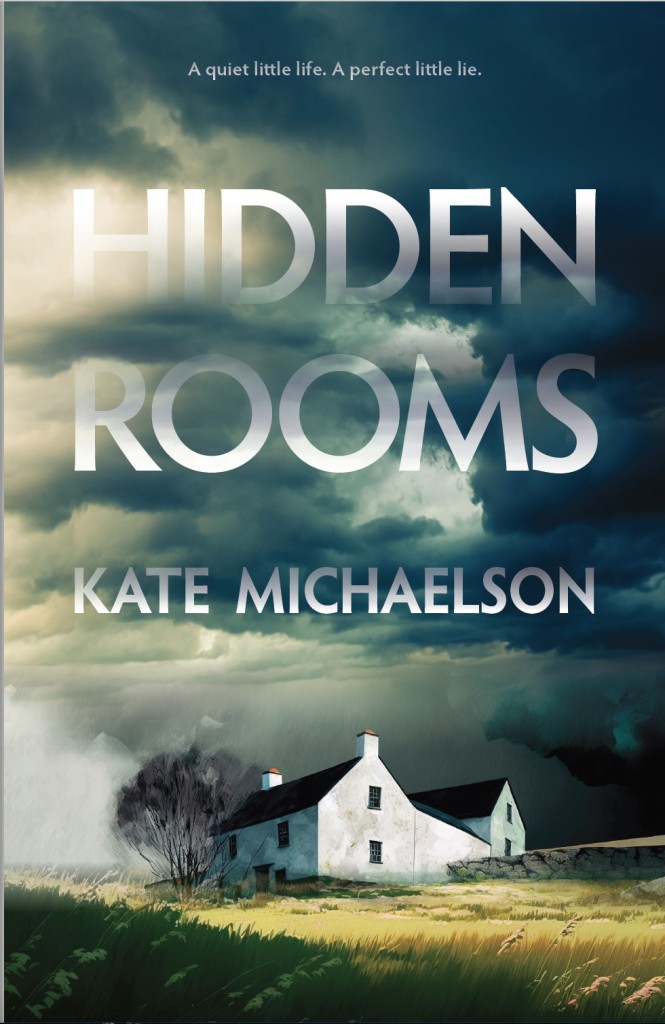
by Margaret Lucke
Jess Randolph, the star of my novels Snow Angel and A Relative Stranger as well as several short stories, is a private investigator and an artist, and she thinks of both of her twin professions as ways to search for the truth. Jess is following in the footsteps of a number of strong women who came before her, and I, as her creator, am doing that too. Some of our predecessors are well known, but these days others are too easily overlooked. So I thought I’d use this post to bring some of them to your attention.
Marcia Muller has been credited with launching the female private investigator in American mystery fiction in 1977 when she published the first Sharon McCone novel, Edwin of the Iron Shoes. Sara Paretsky (Indemnity Only, featuring V.I Warshawski) and Sue Grafton (A Is for Alibi, starring Kinsey Millhone) followed in her footsteps five years later. The three of them paved the way for many other mystery writers, including me.
No one can say these authors have been overlooked. They have many fans (including me), they’ve received high honors, and their series are landmarks in the mystery genre. All of them have been named Grand Masters by the Mystery Writers of America.
But what about their predecessors? It’s true that most fictional female sleuths prior to the 1980s were amateurs. Yet well before Muller, Paretsky, and Grafton published their first books, quite a few authors had written mysteries whose heroines worked as professional detectives — which was considered to be, as P.D. James pointed out in the title of her 1972 novel, An Unsuitable Job for a Woman. The woman in question was James’s character Cordelia Gray, who appeared again in The Skull Beneath the Skin.
Okay, P.D. James doesn’t qualify as an overlooked author either. However, consider these. How many have you read—or even heard about?
Catherine Louisa Pirkis, creator of Loveday Brooke (The Experiences of Loveday Brooke, Lady Detective, 1894). An unmarried woman from high society, Loveday has been forced by circumstances to earn her living. “Marketable accomplishments she had found she had none, so she had forthwith defied convention,” and signed on as an operative with a London detective agency. See her at left as she consults with a client.
Anna Katharine Green, creator of Violet Strange (The Golden Slipper and Other Problems for Violet Strange, 1914). A wealthy young debutante, Violet secretly works on occasion as a detective to earn money that her father doesn’t have to know about. She prefers cases “of subtlety without “of subtlety without crime, one to engage my powers without depressing my spirits.”
Jennette Lee, creator of Millicent Newberry (The Green Jacket, 1917, and two more). Middle-aged and middle class, Millicent starts her detective agency after working for another investigator. Interested in psychology, she is more interested in rehabilitating the wrongdoers she catches than in turning them over to the police.
Patricia Wentworth, creator of Maud Silver (Grey Mask, 1928, and 32 more books). A retired schoolteacher, Maud is a “private enquiry agent” who works with Scotland Yard. She uses her mild manner and appearance to her advantage, so that the villains in these cozy stories believe her to be harmless and unthreatening until it’s too late. Maud began as a secondary character and came into her own in The Case Is Closed, 1937.
Roswell Brown, creator of Grace “Redsie” Culver (20 stories in The Shadow Magazine, 1934-1937). Despite being create by a man (Roswell Brown is a pen name of pulp writer Jean Francis Webb), Redsie is a gutsy, independent, no-nonsense woman. She works for Big Tim Noonan’s detective agency and has a penchant for fast action and chocolate sodas. She’s “nobody’s bimbo,” notes Thrilling Detective Web Site, “and an important figure in the development of female private eyes.”
Maxine O’Callaghan, creator of Delilah West (“A Change of Clients,” Alfred Hitchcock’s Mystery Magazine, 1974; Death Is Forever, 1980 and five more books). Delilah’s appearance in print predated the debuts of Muller, Paretsky and Grafton. In the first novel in the series, ex-cop Delilah goes after the man who murdered her husband, only to have the killer be murdered in turn and herself to be framed for the crime. You wouldn’t go wrong inviting Delilah to the same party as Sharon, V.I., and Kinsey. The Private Eye Writers of America honored Maxine with The Eye, their lifetime achievement award.
This isn’t an exhaustive list. Can you think of other forerunners to today’s female private eyes who have been overlooked and deserve recognition?












You must be logged in to post a comment.